Reading Time: 7 minutes
If you’re searching for a fun outdoor activity that brings dinner to the table, you need to learn how to catch Lobster. These little critters are very sought after for their irresistible taste, providing gourmet meals for plenty. But not only are they delicious, they’re fun to catch, too! Many fishers plan their yearly vacations with a plan to catch Lobster in mind.
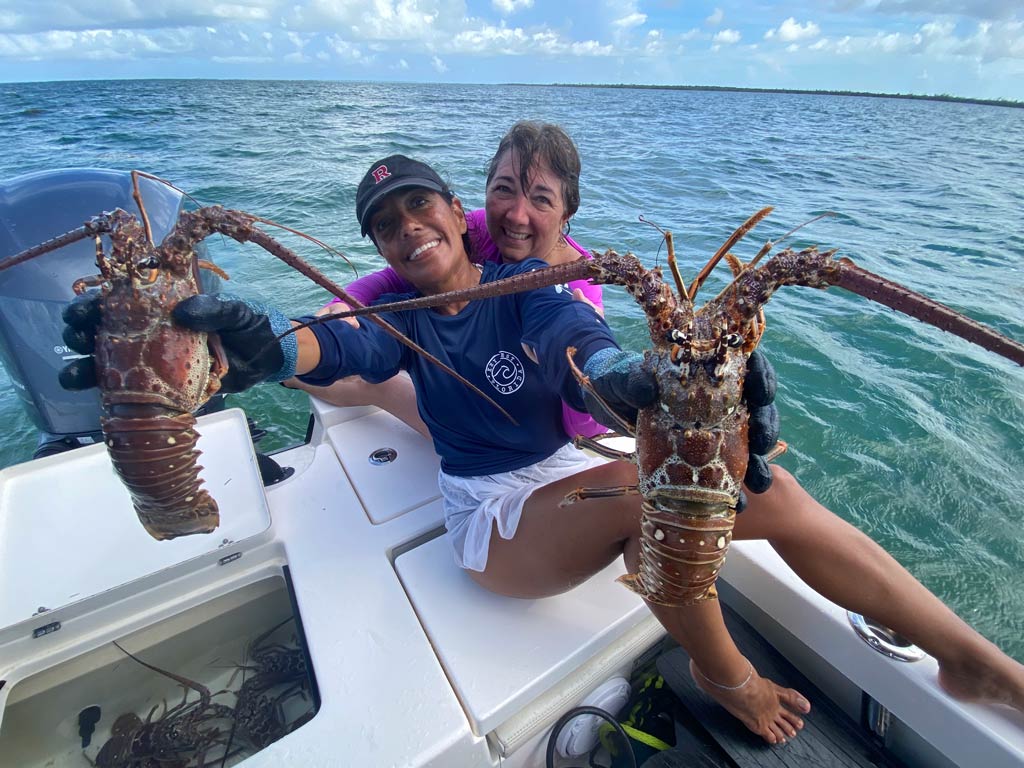
Photo Courtesy of Lobster Airborne Outdoors
Plenty of restaurants in areas where Lobsters live are happy to cook up your catch after your day fishing. Are you angling to get in on the fun? If so, read on to find out how to get your hands on these delicious crustaceans!
Different Lobster Species and How to Identify Them
First things first, there’s a variety of Lobster species present across the globe. Millions of Lobsters inhabit countries across the Atlantic and Pacific Oceans. The most common species include the Spiny, American (Maine), and European (Blue) Lobster, so I’ll focus on these three for the article.
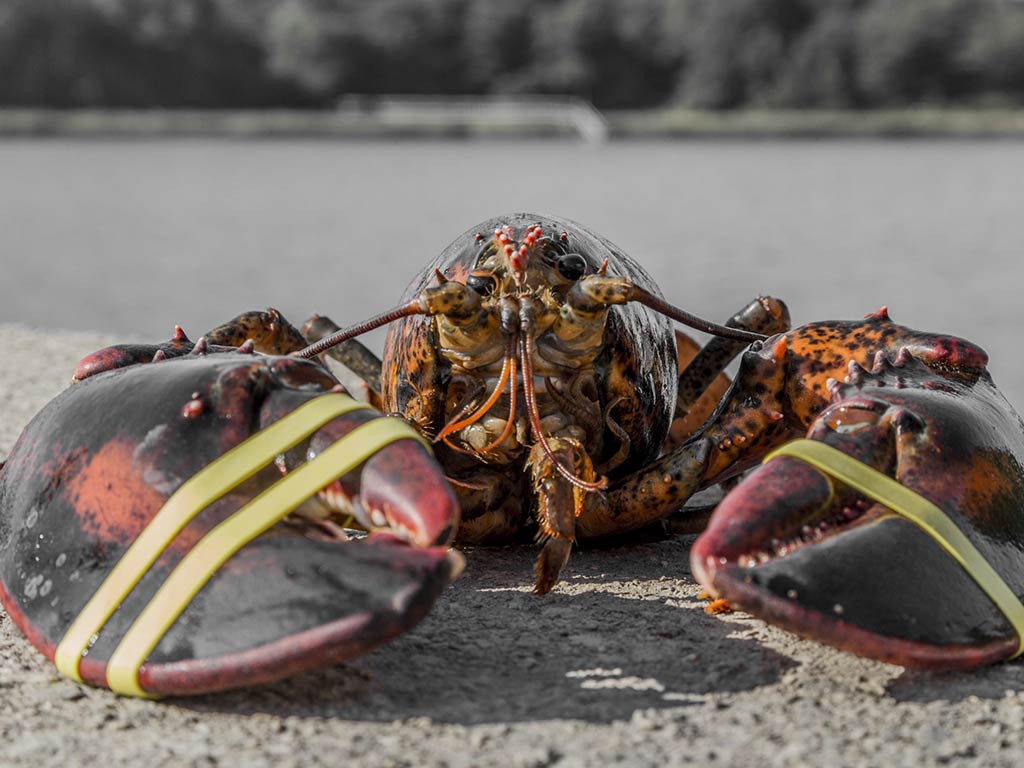
First up, we have probably the most popular species, the Spiny Lobster. This is the species that brings in tons of anglers to the Florida Keys each year. But the same goes for any area where these critters reside.
Spiny Lobsters have the most reddish appearance of all Lobster species, with lots of little spines visible – hence their name. These guys carry all their meat in their tail, and their large antennae replace claws as their defense mechanism.
The American Lobster – also known as the Maine Lobster – prefers cold water. Therefore, they’re more present in deeper waters around northern states. They’re a bit darker in color and have two large claws to defend themselves and tear apart prey.
Finally, the European – or Blue – Lobster also likes cold, deeper water. There are a couple of differences in appearance for these creatures, namely the fact they’re blue! They also have thinner bodies and smaller claws than the American Lobster. But there’s one thing they definitely share in common: they’re absolutely delicious!
Where to Catch Lobster
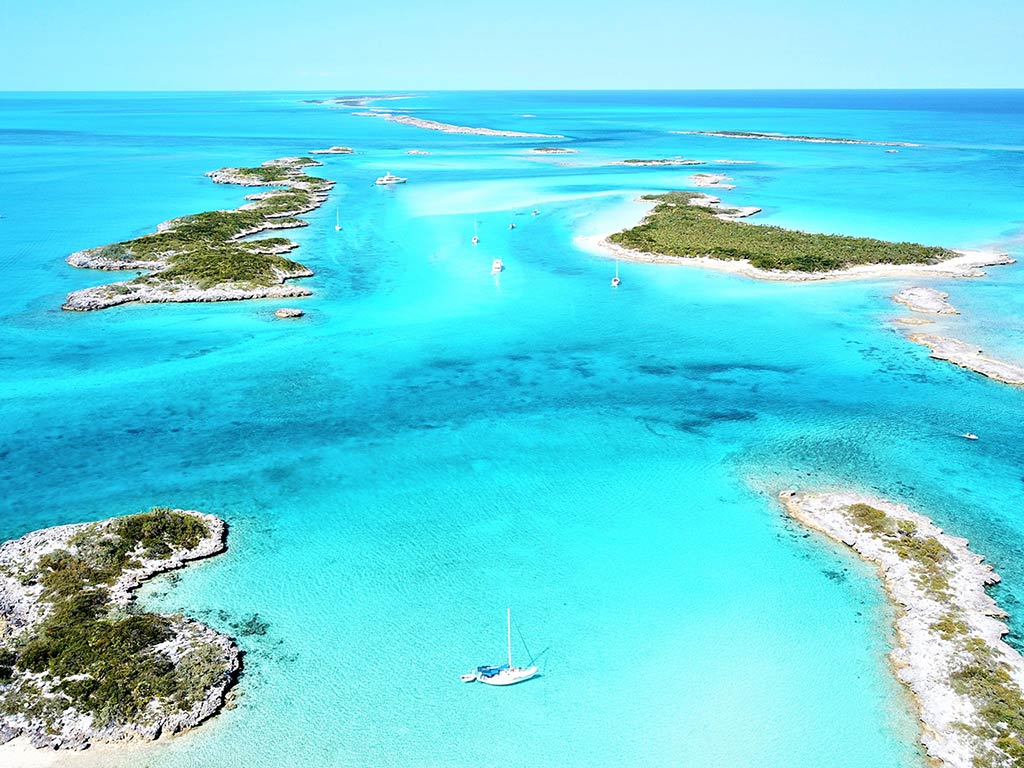
Most of these crustaceans commonly inhabit areas where they can hide. That can consist of structure like rocks, jetties, reefs, wrecks, mangroves, grass beds, and piers. If you’re fishing in a well-known Lobster area, look around any structure or hidden areas in the water, and keep an eye out for poking antennae. Here are some particular hotspots:
- Florida Keys. The Florida Keys is one of the biggest hotspots in the world for Lobster. Tons of crustaceans inhabit local waters during the “mini-season” when you can find them in almost every direction you turn.
- The Bahamas. You can catch plenty of Lobster in the crystal clear waters of the Bahamas. Pair them up with Conch and have an amazing tropical meal!
- Maine. One of the well-known Lobster hotspots, Maine is a very popular US state that holds plenty of Lobster catching opportunities and delicious meals.
- Shediac, Canada. The official Lobster capital, this is a must-visit destination in the Great White North. The town even has a giant Lobster that evey visitor wants to meet!
Notice that I focused on North America because these are the hotspots I’m most familiar with. However, there are plenty of places around the globe where you can get your hands on these prized creatures.
Lobster Seasons
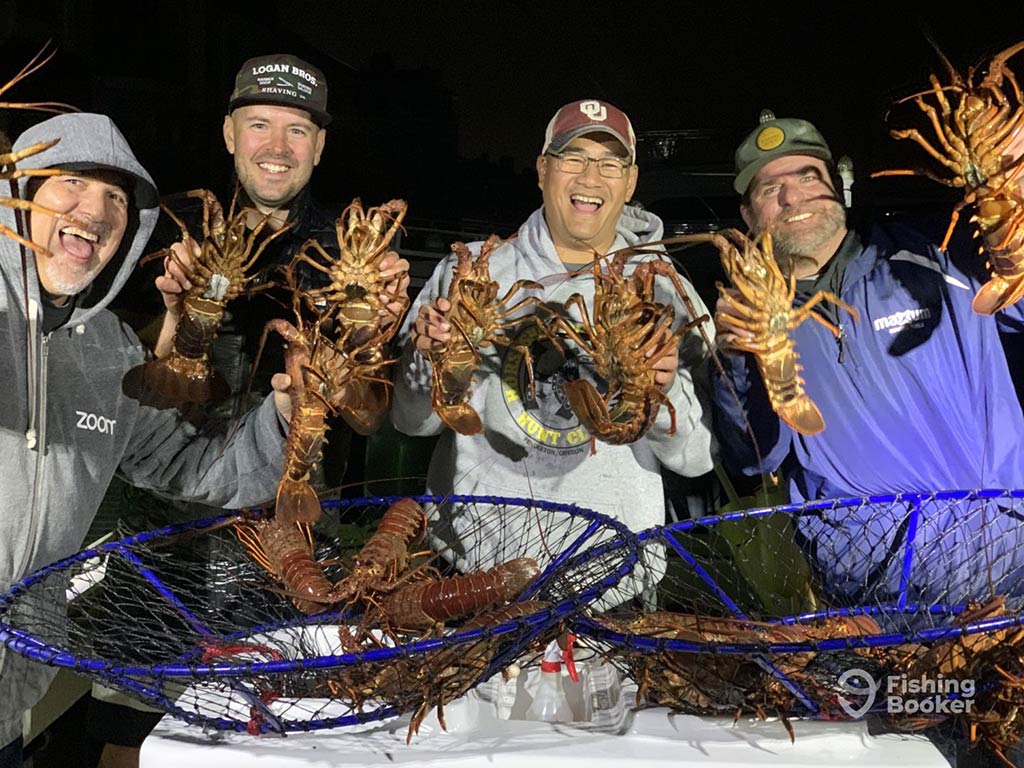
Photo courtesy of Ez Sportfishing – Lobster Fishing
Before we dive into this section, it’s important to note that most Lobsters have specific seasons and the regulations are very strict. You need to ensure that you only go lobstering during the open season. And, as you’re most likely wanting to take them home to cook up, you’ll want to know the limits.
In any case, each Lobster has its own season. As mentioned earlier, some prefer warm water while others prefer the cold. Because of that, I’ll break it down – species by species.
For Spiny Lobster, the best season is summer. Late July opens the mini-season, with the regular season starting shortly after. During the off season, Lobster are usually protected so that their numbers can rise again. I travel to the Keys yearly and I see tons of them this time of year!
For American Lobster, the summer and fall months are most productive for finding larger quantities. Similar hot seasons occur for European Lobster, where May through October are the prime months.
Best Times to Catch Lobster
All Lobster species are nocturnal so it’s no surprise that they’re most active at night. This is when they come out of their hiding spots and crawl around the bottom, sometimes shooting across. If you’re not so sure about night swimming, no problem! You can also catch Lobster during the day – you just might have to look a little harder and get them out of their hiding holes.
As for tide, high tide provides the best opportunity because Lobster can come closer inshore where they fill in more holes. With the weather, as long as it’s calm, the waters are clear, and there’s good lighting, you’re good to head out there.
Recommended Gear for Lobstering
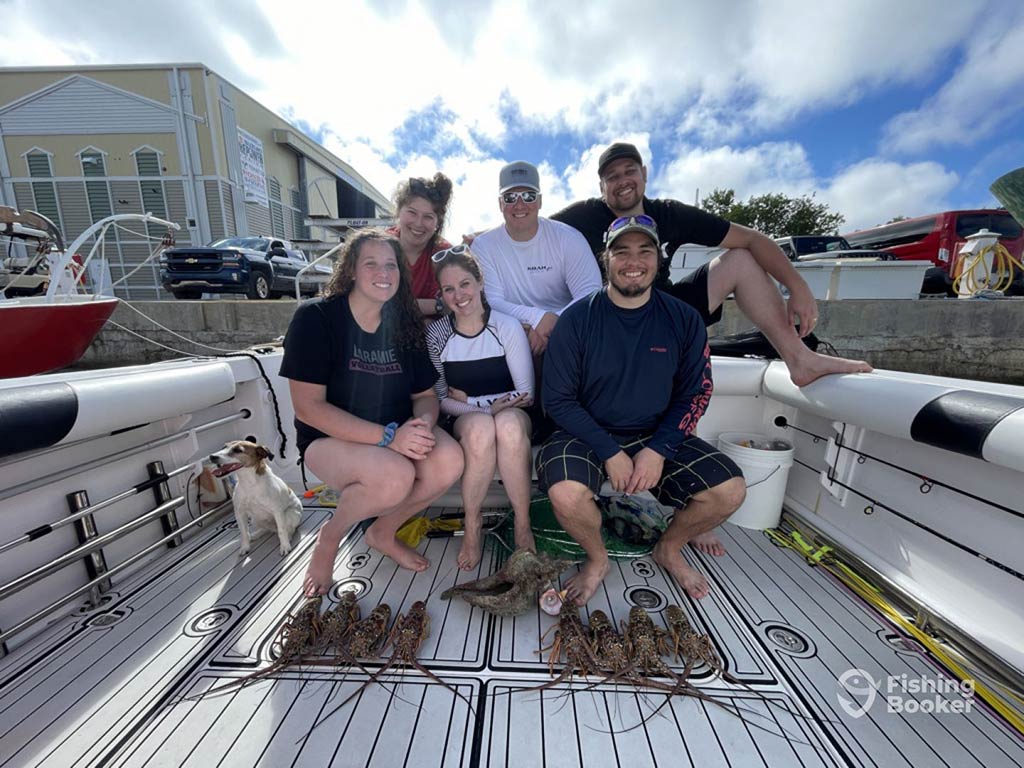
Photo courtesy of Dauntless Excursions: Snorkeling for Lobster
The most popular setup for catching Lobster consists of a tickle stick and a net. If you’re in an area where lobstering is very popular, such as the Keys, you can find a stick and net just about anywhere. They aren’t too costly to start with either.
When you’re under the water and come across a lobster hiding in a rock, have your net in place and use your tickle stick to go behind the lobster and “tickle” them out. Once the Lobster shoots out, make sure they’re secure in the net and then hold them from the outside to make sure they don’t get out.
Following behind tickle sticks, snares are also popular. With a snare, you loop a wire around the Lobster and pull it tight to grab it so it can’t escape. Once you get a hand on it, you can transfer it to your bag. On average, you’ll find snares costing around $30, so it won’t break the bank.
Bully nets are another popular option. You can find them at a decent price in most fishing and sporting stores. Mostly done at night, this refers to the method of dragging a large net along the bottom to scoop up crawling Lobsters. This technique allows you to get larger quantities of Lobster at quicker speeds.
And finally, you can also try actually fishing for Lobster. Yep, while this may not be the typical way to catch a Lobster, using a hook and line is not rare either. It’s not easy to do but, with the right bait, you can get a Lobster on your hook. I know someone that’s successfully done this before when not even targeting Lobster! Use live or frozen bait like worms, clam, squid, and other small fish or crustacean species to entice the bite.
No matter the method you use, there are a couple of other tools that come in handy too. The most important item is your gauge. This is what’s used to measure your Lobster to ensure it’s clear to take. In addition, Lobster “inns” are a great tool when catching a bunch underwater and not wanting to travel back to the boat or land after each one. Just place them in the bag and get ready for the next one!
Regulations for Catching Lobster

I’ll wrap up with the boring part. However, as I said, the regulations for lobstering are very strict. They vary depending on the location you’re in, so it’s best to check with your local government agency. I’ll use Florida as an example to give you an insight into what some Lobster regulations look like.
First of all, you must have a valid saltwater fishing license when engaging in lobstering. On top of that, you also need a current Lobster permit in order to harvest your catch.
You also need to be compliant with the daily bag limits. During open season in Florida, daily bag limits are six per angler, while the carapaces must be longer than 3 inches. It’s also important to inspect your Lobster for eggs. If you find them, you must release the Lobster back into the water.
Make sure you pay attention to your local regulations, respect the bag limits and minimum carapace length, and only harvest during open season. That way you won’t get in trouble and you’ll also be helping protect the species so you can come back for more!
Lobstering: Fun for Everyone – During and After!
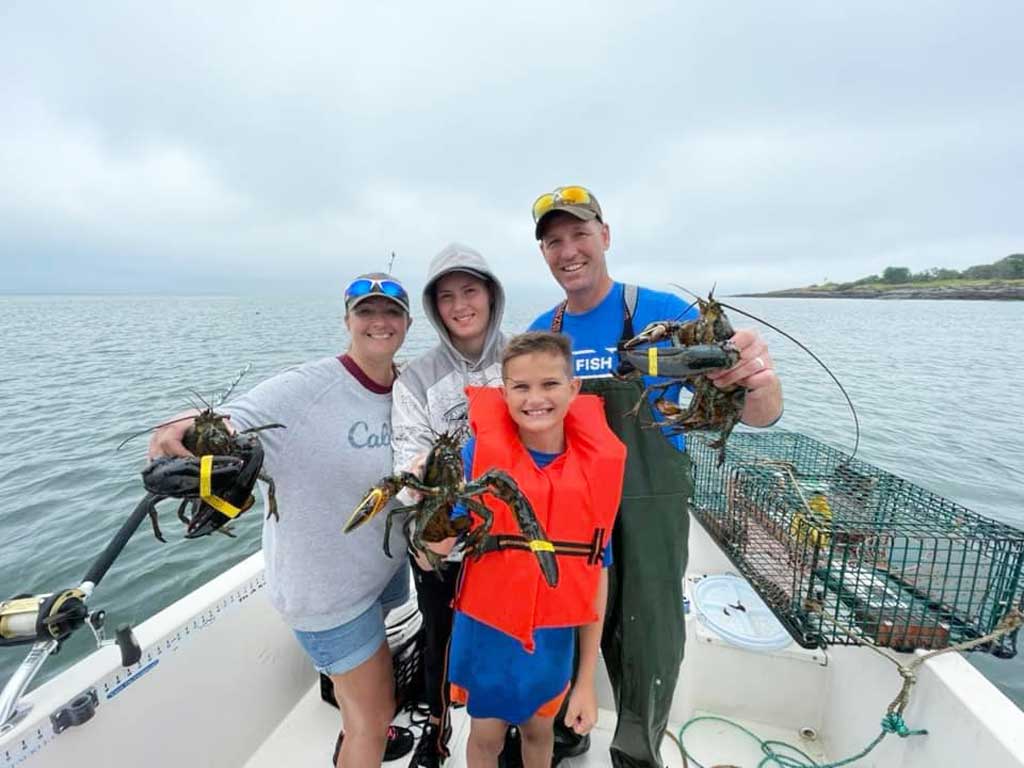
Photo courtesy of The Struggle Is Reel Charters
Anglers young and old love this fun, hands-on, outdoor activity. Learning how to catch Lobster can be challenging yet rewarding, as the prize is extra special when you have a delicious meal to follow. It’s high time you got in on the action!
Have you ever caught your own Lobster? Do you agree that it tastes better when you then cook it up? Share your experiences with us in the comments below!
The post How to Catch Lobster: An Angler’s Guide appeared first on FishingBooker Blog.
https://fishingbooker.com/blog/how-to-catch-lobster/
 CampingSurvivalistHuntingFishingExploringHikingPrivacy PolicyTerms And Conditions
CampingSurvivalistHuntingFishingExploringHikingPrivacy PolicyTerms And Conditions
